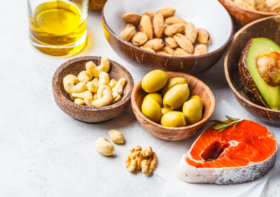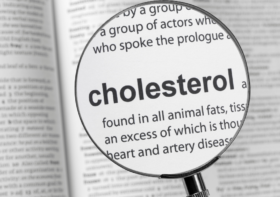Sunburn | Cause, Prevention & Treatment
We all know what sunburn is (most likely had one at some point), but I don’t think we know enough about it. Let’s take a better look at what happens when you have too much ultraviolet radiation (UVR), why you should protect yourself and how to protect youself.
Excessive sun exposure can lead to acute sunburn (aka solar erythema). The sun damages the DNA directly when you get extensive sun exposure leading to inflammation and the killing of skin cells. This inflammation also causes vasodilation of the skin’s blood vessels leading to the appearance of redness and it can even cause swelling if the burn is pretty bad. Your sunburn will appear red about 3-4 hours post sun exposure. This is why when you are laying under the sun on the beach, you won’t get red right away. You will see it 3-4 hours after. The damage of your skin layer begins within 2 hours after UV exposure.
Why do your sunburn itch and hurt? It’s from the release of mediators including histamine (which causes the itch) and there the formation of prostaglandins (which cause the pain).
“After going to the beach, several hours later I felt fever, chills, nauseous and even vomited. What is going on?” This is from sun exposure. Sunburn most commonly presents with redness of the skin with pain after 3-4 hours of exposure to the sun. You can also have fever, chills, malaise, nausea, vomiting in severe cases. It can blister. The redness will resolve within a week and the skin will peel.
Why do I have swelling after sun exposure? Usually, after sun exposure you have redness, warmth, tenderness, you can even have edema (swelling), and blistering. Swelling can occur in severe sunburn could be due to the inflammatory reaction leading to leakage of capillaries. Blistering is seen in severe cases as well, which mean either you have superficial partial-thickness or deep partial-thickness burn. The deep partial-thickness burn is a second-degree burn. Severe sunburn can also lead to dehydration, heat exhaustion and heatstroke.
“BUT I REALLY WANT TO GET A TAN” If you are trying to get a tan, sunbath when there is less intense sun exposure (don’t lay during peak hours of sunshine (12 AM – 2 PM — this may vary depending on your location). Also, lay for a short duration. I understand your desire of wanting a tan! I want that glowing tanned skin look too! In fact, when you get a tan, this will increase in skin pigmentation and will provide some protection against further UVR-induced damage. You will have more melanin (which is what you have more or less of depending on your skin color; if you are dark skinned you have more melanin and if you are light skin, you have less melanin; more melanin = more protection). BUT REMEMBER, you should always, ALWAYS wear sunscreen. Even when you want to get a tan.
Is it true that if I wear clothing do it will protect me from the sun? Not always. UVR can transmit through clothing, especially if it is wet. Look into what clothing is more protective.
My recommendation: ALWAYS use sunscreen and use it 15 minutes be for leaving your house. Be good at reapplication after 2-3 hours or after getting out of the water (pool or beach, etc).
Prevention: Use sun protection factor (SPF) of 30 (there hasn’t been an indicating that states using higher SPF is more protective). SPF 30 is more than sufficient. And as long as you are using it prior to 30 minutes to sun exposure and reapplying every 2-3 hours or after swimming, sweating or toweling off, you will be well protected. Avoiding the sun during the period of peak solar radiation can help prevent sunburns (10AM-4PM). Let’s be honest, when we go to the beach, we want to swim during these hours, I usually avoid going outside between 12-2, because this is when its the strongest. However, when I go to the beach, this is the best time to be swimming because it feels so good to be under the hot sun and in the cool water. Just be good about reapplying sunscreen. Have an umbrella with you and get under the umbrella after you get out of the sun and apply your sunscreen. Let it set. Protective clothing includes
Treatment: Naproxen, this will inhibit inflammatory reaction and pain by decreasing the activity of cyclooxygenase, which decreases the production of prostaglandins which is what is causing the pain.
Aspirin, ibuprofen can also be used. Ibuprofen is usually the drug of choice for mild to moderate pain. If you have hypersensitivity to aspirin or nonsteroidal anti-inflammatory drugs (NSAIDs), then acetaminophen is better, especially if you have GI or renal issues or are on oral anticoagulants. Elderly will do better with acetaminophen to avoid any GI and renal adverse effects. Acetaminophen will help with the pain but it doesn’t have an anti-inflammatory effect.
The best thing to do for your sunburn is taking cool baths or showers, using NSAIDs for the pain and to decrease the inflammation and avoid further sun exposure.




